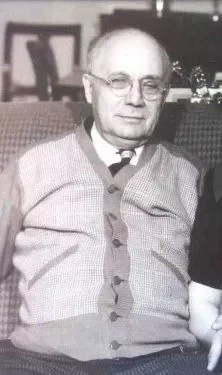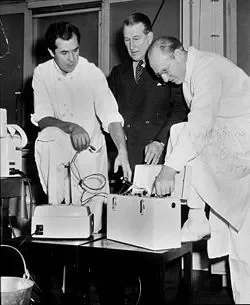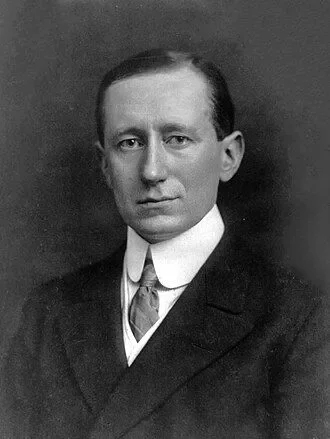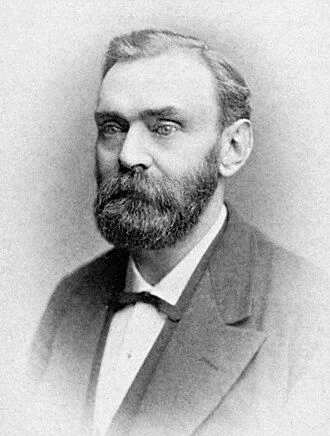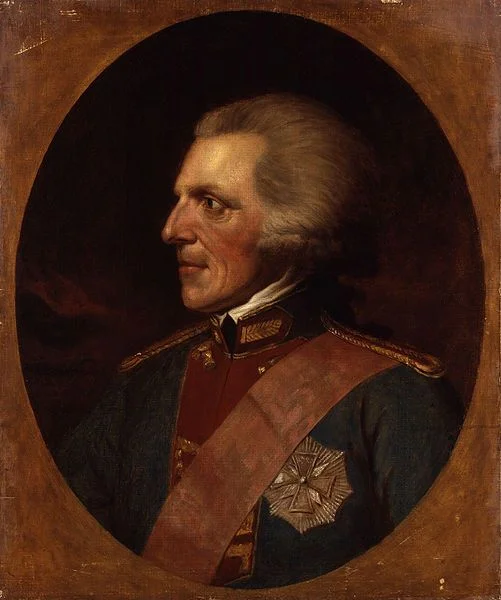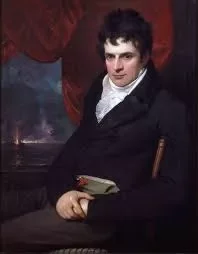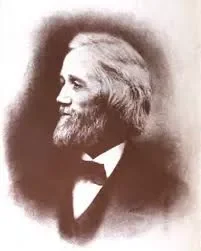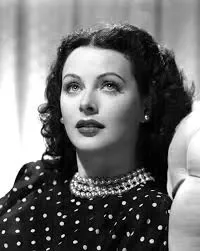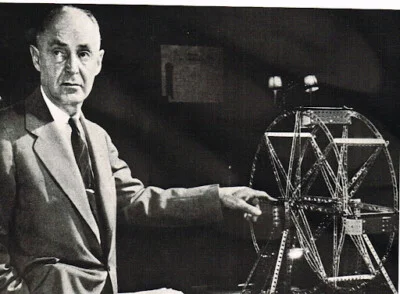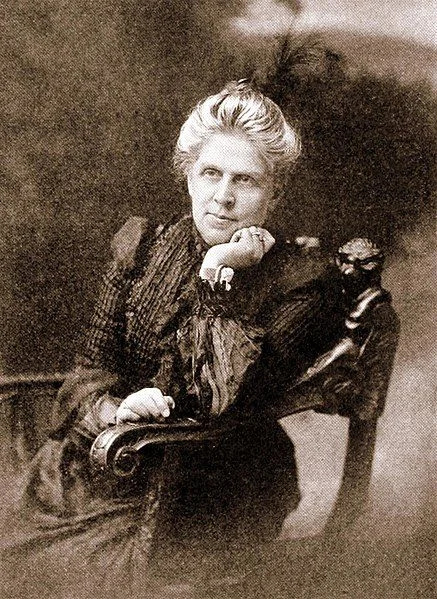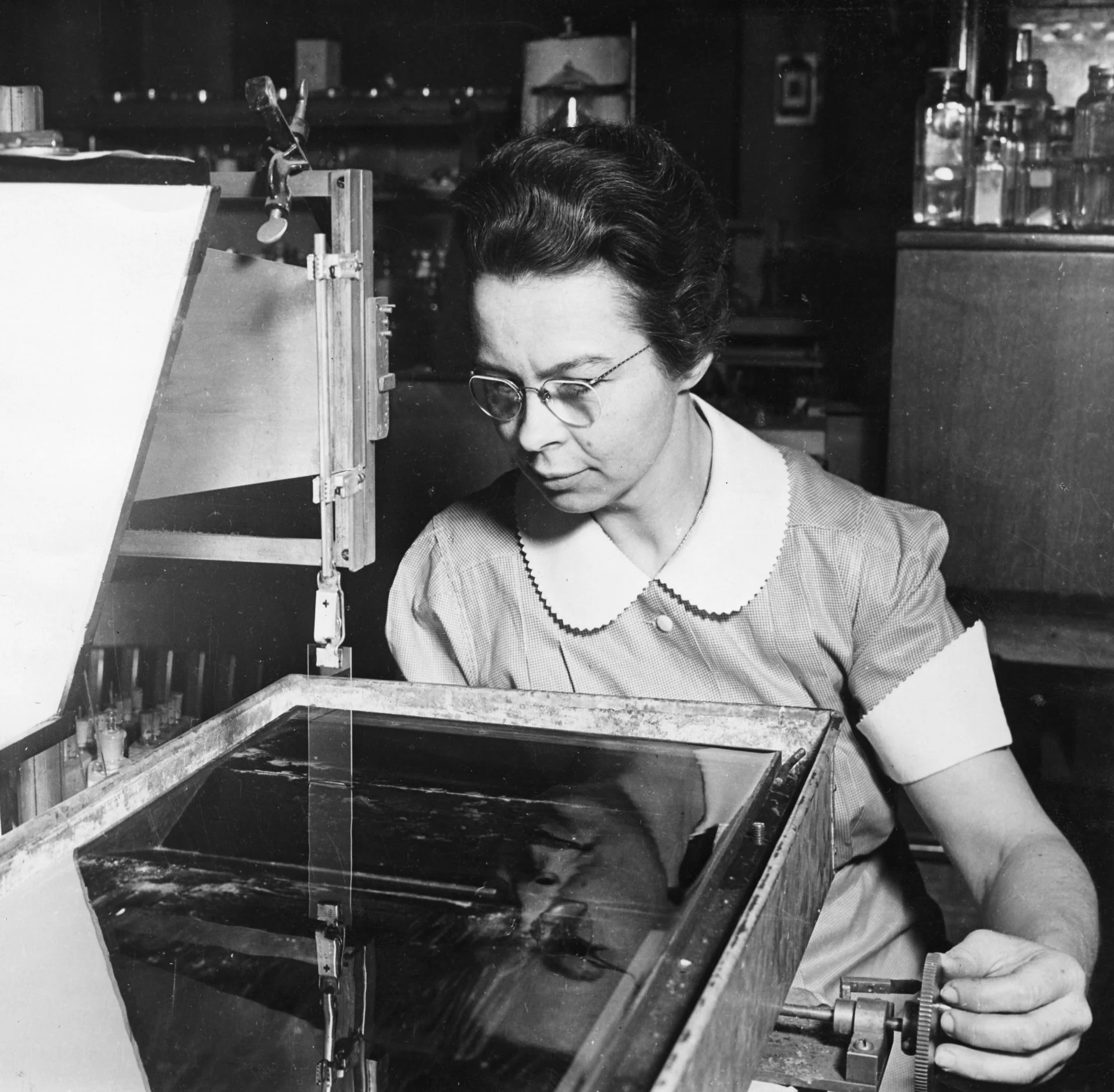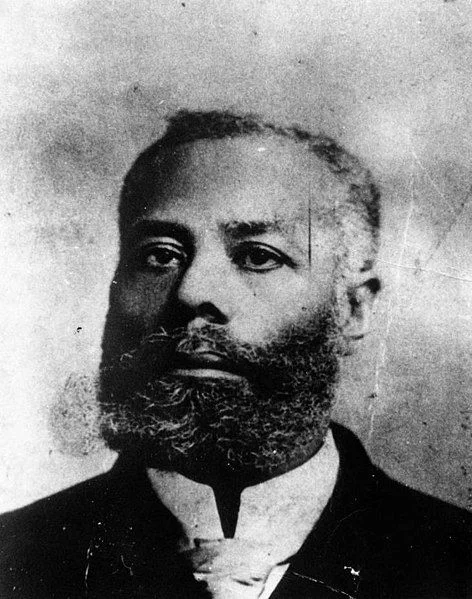Real Celebrities Never Die!
OR
Search For Past Celebrities Whose Birthday You Share
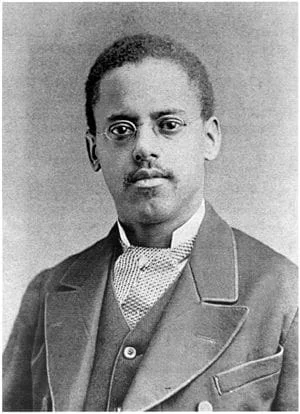
source:wikipedia.org
Lewis Latimer
Birthday:
04 Sep, 1848
Date of Death:
11 Dec, 1928
Cause of death:
Natural causes
Nationality:
American
Famous As:
Patent draftsman
Age at the time of death:
80
Early Life and Education
Lewis Latimer, born in Chelsea, Massachusetts on September 4, 1848, was an American inventor and patent draftsman. His impact on the field of electrical engineering is unforgettable. Latimer, the son of formerly enslaved individuals who gained their freedom, exemplifies perseverance, ingenuity, and triumph against challenges.
Young Lewis grew up in a time of great social upheaval. His parents, George and Rebecca Latimer, had fled slavery in Virginia, settling in Massachusetts where they hoped to build a better life for their children. Even with the obstacles of racial discrimination, Latimer displayed a talent for learning and creativity at a young age.
With no access to formal education, Latimer’s journey to becoming an inventor was unconventional. With a strong sense of patriotism and a determination to prove himself, he enlisted in the Union Navy during the Civil War at the age of 16, deceiving others about his age in order to serve his country.
Professional Career and Inventions
After the war, Latimer’s career took an unexpected turn when he secured a position as an office boy at a patent law firm in Boston. It was here that his natural talent for mechanical drawing blossomed. Latimer taught himself drafting, meticulously studying the patent drawings that crossed his desk.
His skill and dedication did not go unnoticed. Soon, Latimer was promoted to chief draftsman, where he played a crucial role in patenting Alexander Graham Bell’s telephone in 1876. His precise, detailed drawings were instrumental in securing this groundbreaking patent. But Latimer was not content to simply draw others’ inventions. His creative mind led him to develop his own innovations. In 1874, he co-patented an improved toilet system for railroad cars, addressing a practical need of the time.
Light and beyond ball
Latimer’s most important contribution is in electrical lighting. In 1880, he began working for the United States Electric Lighting Company. This company was owned by Hiram Maxim, a competitor of Thomas Edison. Here, Latimer developed a method for making carbon fibers for lighting, making them durable and cheaper to manufacture. This innovation was necessary to make electric light practical and affordable for the masses.
In 1884, Thomas Edison recognized Latimer’s talent and hired him to work for the Edison Electric Light Company. Latimer become a key member of the Edison team. He helped set up the first electric plants in NYC, Philadelphia, Montreal, and London. He also wrote the first book on electric lighting, “Incandescent Electric Lighting” (1890). In 1918, he became a founding member of the Edison Pioneers and had a strong association with Thomas Edison.
Lewis Latimer's Quote's
Personal Life and Legacy
Lewis Latimer had roles beyond invention. He was a Renaissance man of many talents who excelled in poetry, playing the violin and advocating for civil rights. His marriage to Mary Wilson Lewis in 1873 resulted in two daughters, Emma and Lewis.
Lewis Howard Latimer died on December 11, 1928, in Flushing, New York, leaving a much wider legacy than he did. Today, Latimer is recognized for his technological achievements and as a symbol of African American innovation and determination. His life story has inspired generations of inventors and engineers, showing that creativity and perseverance can overcome the toughest of obstacles.
Name:
Lewis Latimer
Popular Name:
Lewis Latimer
Gender:
Male
Cause of Death:
Natural causes
Spouse:
Place of Birth:
Chelsea, Massachusetts, United States
Place of Death:
Flushing, Queens, New York, United States
Occupation / Profession:
Personality Type
Logistician: Practical and fact-minded individuals, whose reliability cannot be doubted. Latimer’s attention to detail in patent drafting and inventing highlights a practical and disciplined engineering approach.
Latimer was one of the few African American inventors and engineers of his time to work directly with notable inventors like Edison and Bell
He was also a talented poet and playwright, balancing creativity with technical skill
Latimer was a self-taught draftsman, learning mechanical drawing while working in a patent office
His work on carbon filaments made electric lighting more accessible to the public
Published “Incandescent Electric Lighting: A Practical Description of the Edison System,” an important work on lighting technology
Developed a carbon filament for light bulbs, increasing efficiency and affordability
Worked for Thomas Edison’s company and contributed to the spread of electric lighting
Drafted patent drawings for Alexander Graham Bell’s telephone
